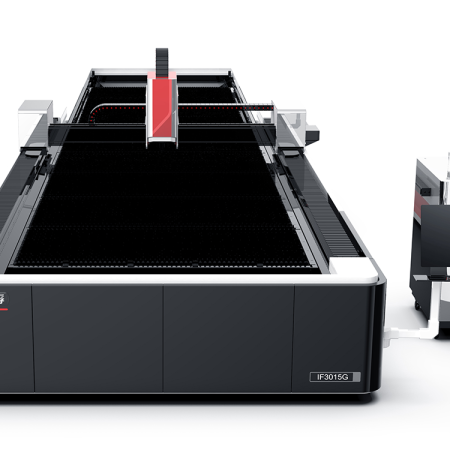Fiber laser cutting machines are used to cut various materials such as metal, plastic, wood, and fabric with high precision and speed. There are different types of fiber laser cutting machines available, each with its own unique features and capabilities.
are some of the most common types of fiber laser cutting machines:
- CO2 laser cutting machines: These machines use a gas laser to cut materials such as acrylic, leather, and rubber. They are not as powerful as fiber lasers, but they are more versatile in terms of the types of materials they can cut.
- Fiber laser cutting machines: These machines use a solid-state laser to cut materials such as steel, aluminum, copper, and brass. They are highly accurate and can cut thicker materials than CO2 lasers.
- YAG laser cutting machines: These machines use a crystal laser to cut materials such as ceramic, glass, and some metals. They are less powerful than fiber lasers, but they are ideal for cutting thin and delicate materials.
- Sheet and Tube Laser Cutting Machines: These machines are capable of cutting both sheet and tube materials, making them highly versatile. They are often used in industries that require the cutting of both types of materials.
- Desktop Laser Cutting Machines: These machines are smaller and more portable than other types of laser cutting machines, making them ideal for small businesses and hobbyists. They are typically used to cut materials such as paper, cardboard, and thin plastic.
Overall, the type of fiber laser cutting machine you choose will depend on the materials you need to cut and the level of precision and speed you require.
Taking A Deeper Look At Fiber laser cutting machine And Plasma Cutting Machines
Fiber laser cutting machines and plasma cutting machines are two popular types of cutting machines used in industrial and manufacturing applications. Both machines use different technologies to cut materials and have their own advantages and disadvantages.
Here’s a closer look at each type of machine:
Fiber laser cutting machines:
Fiber laser cutting machines use a solid-state laser to cut materials with high precision and speed. They are ideal for cutting metals such as steel, aluminum, copper, and brass, and can cut thicker materials than CO2 lasers. Fiber lasers are known for their accuracy, speed, and versatility, and are used in various industries, including automotive, aerospace, and metal fabrication.
Advantages of fiber laser cutting machines:
- High cutting speed and accuracy
- Versatile, can cut various types of materials
- Low maintenance requirements
- Minimal heat distortion during cutting
- Can cut thicker materials than other types of lasers
Disadvantages of fiber laser cutting machines:
- Higher initial cost than other cutting machines
- Limited to flat sheet cutting, cannot cut curved or irregular shapes
Plasma cutting machines:
Plasma cutting machines use a plasma torch to cut through electrically conductive materials, such as steel, aluminum, and copper. The torch generates a high-temperature plasma arc that melts the material and cuts through it. Plasma cutting is known for its speed and ability to cut through thicker materials than other types of cutting machines.
Advantages of plasma cutting machines:
- High cutting speed, especially for thicker materials
- Lower initial cost than fiber laser cutting machines
- Capable of cutting curved and irregular shapes
- Minimal heat distortion during cutting
Disadvantages of plasma cutting machines:
- Less precise than fiber laser cutting machines
- Limited to electrically conductive materials
- More maintenance requirements, including the need to replace consumables such as nozzles and electrodes
In summary, both fiber laser cutting machines and plasma cutting machines have their own unique advantages and disadvantages. The choice between the two will depend on the specific needs of the application, such as the type of material being cut, the desired cutting speed and accuracy, and the available budget for the machine.

Comments